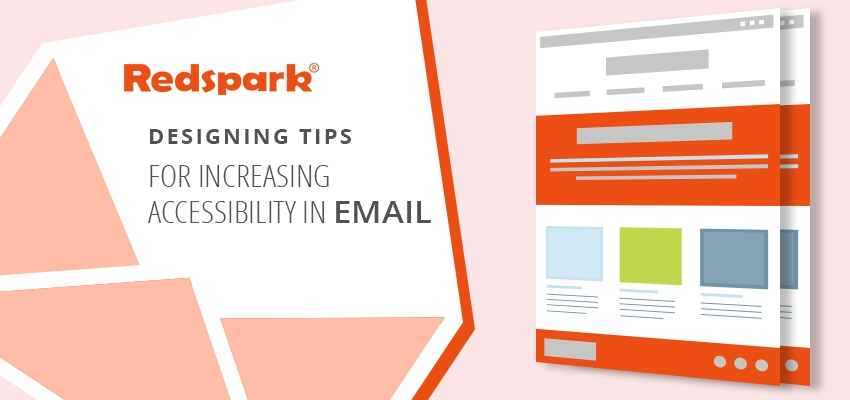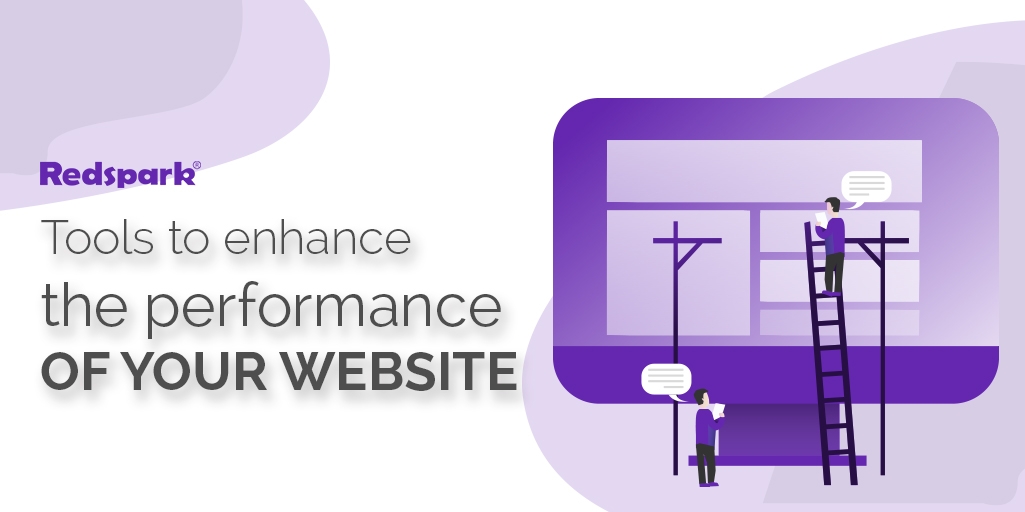About 285 million people all over the world are visually impaired and among these 19 million people belongs to U.S. (Approx. 8.8 % of the total visually impaired population belongs to U.S). Adjacently, color blindness is also a major hindrance for properly conveying the message through the email. About 4.5 % of the total world population is facing the dichromatic vision issue.
In this blog, we are focusing on the best email practices for the vision impaired people who are relying on the screen for the purchasing, interaction with social media or for any other purpose. The visually impaired people takes the help of screen readers and assistive devices to navigate the content written in the email.
Here we are discussing some key considerations that need to be kept in mind for making sure that the newsletter content is accessible to everyone.
Heading Tags: The heading tags gives a proper structure to the email newsletter. The absence of headers in the newsletter will give a messy look to the newsletter. Through the “h1” and “h2” tags, the headers can be scanned. The heading tags are used for ensuring hierarchy is conveyed to the screen reader users. The heading tags It can be checked by using the Web Accessibility Toolbar or by viewing the HTML email code.
Font Type and Size: The font size of the text is usually set to be at default. But, for making it eye-catching the font size of the text must be bigger. Anything written below 14pts in a browser is difficult to read. Choose the fonts wisely that are evenly spaced and are not too condensed.
Colour: Always avoid similar color for background and text. Fix a combination of light text on dark background and dark text on light background. For finding more color contrast, visit BBC mobile accessibility guidelines for colour contrast. According to a research on UK people, about 5 % of the people suffer from color blindness which shows how much important the color is playing in the accessibility of emails. Apps like Color Oracle for OSX can be used for getting the contrast colors.
Meaningful Link Text: Make the language of link text relevant to the content of the newsletter. Due to the achromatic vision problem, the readers are not able to distinguish between the colors. Therefore, the links must be placed logically and should be differentiated by using different colors.
Want help in creating creative email design?
Logical Reading Order: Maintain a logical reading order that helps the readers to have a proper understanding of the information to be conveyed in the email. WAI HTML Table Linearizer and Web Accessibility Toolbar can be used for checking the reading order of the content.
Neat and Concise Coding: Keep the coding of the email concise and neat. Always code the tables and forms in an accessible way for the readers to read on the screen. Tools like HTML Tidy Online and Dirty Markup should be used for removing the unclosed and empty tags.
Responsive Design: A newsletter may look fine on the desktop, but it needs to be properly working on the mobile devices too. Hence, with the help of responsive design proper structure and layout of the content can be done.
Alternative Text for Images: The ALT tag is a coded text that appears to the readers at the time when the image is not displayed to the user. For testing the alt attribute, Web Accessibility Toolbar (WAT) in internet explorer and Accessibility Developer Tool for chrome can be used.
Use a Descriptive and Eye-Catching Subject Line: The subject line is the first thing viewers are going to read in your email. The subject line should be concise and meaningful. People with vision impairments rely on the subject line to determine whether an email is relevant to them or not.
Zoom: By the zoom function, it can be tested that your content can be zoomed to 200 % without any loss of information. On a desktop, the zoom functionality can be checked.
Great Tips for Accessibility:
Proper Planning: Do a proper planning of how your newsletter will look to the readers. Make sections of your newsletter and use different headers for differentiating between the various parts. By implementing proper planning, the overall look and structure of the newsletter can be improved.
Keep it Simple & Short: Avoid excessive colors, metaphors and distinct layouts. Draft the email with simplicity and straight-forwardly say the message that needs to be conveyed.
Proof-Read before Sending: Make sure all the keypoints and significant details are covered in the newsletter. Proof-read the entire email before clicking on the send button.




